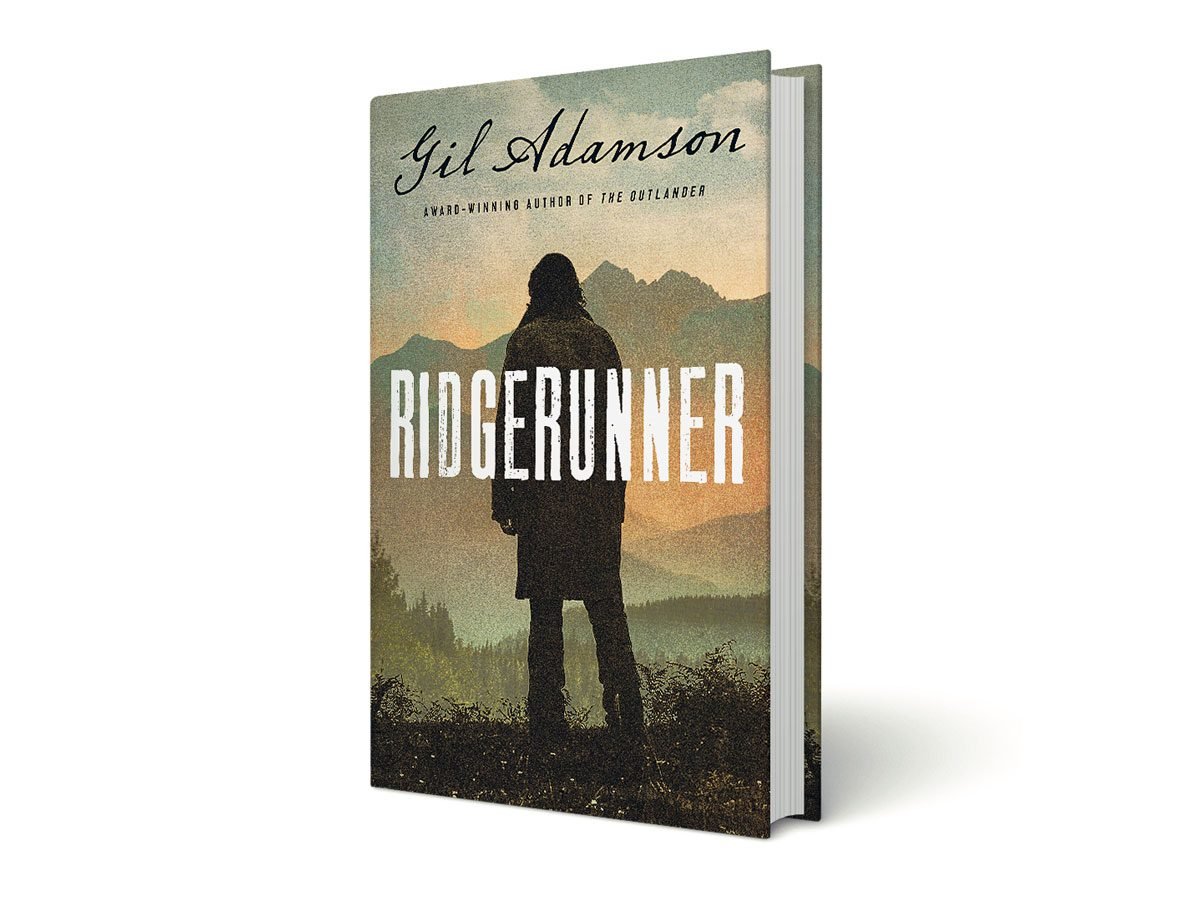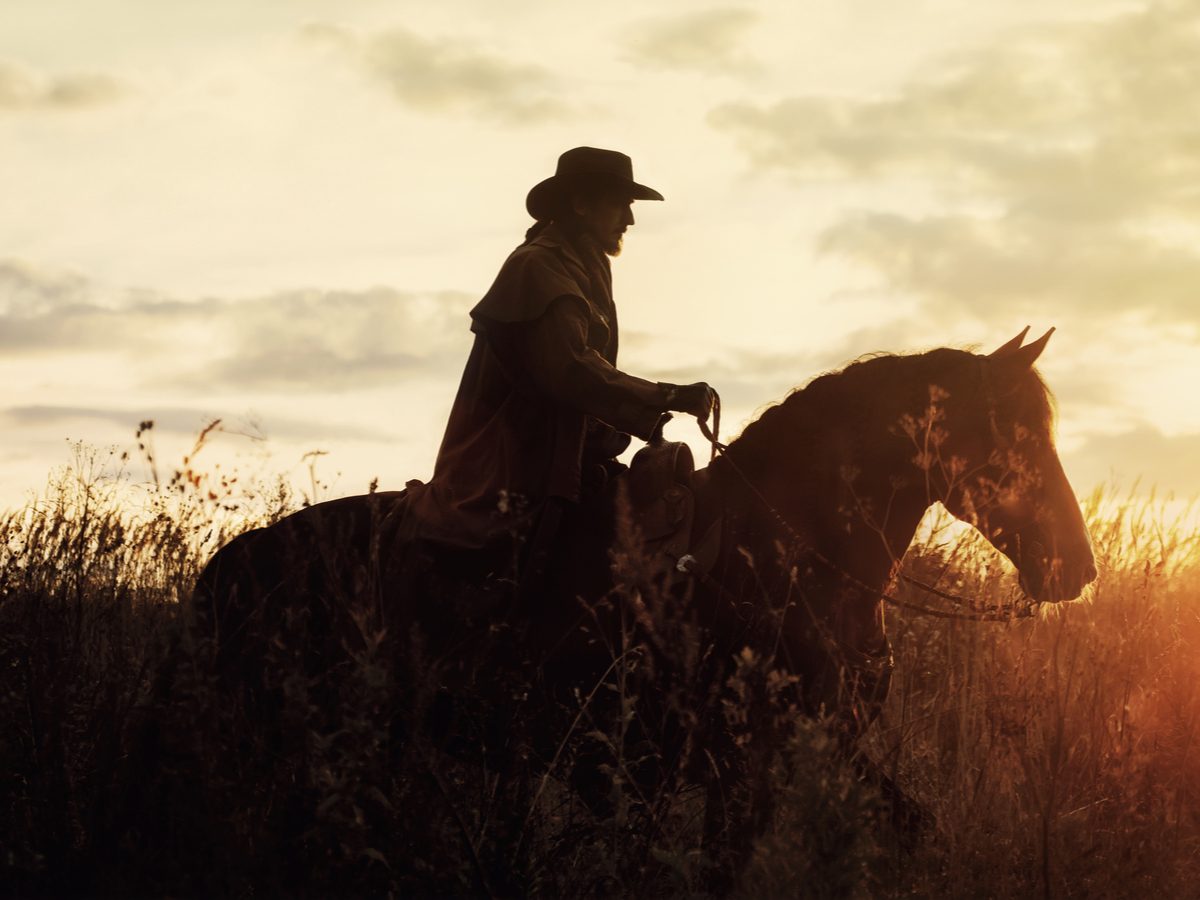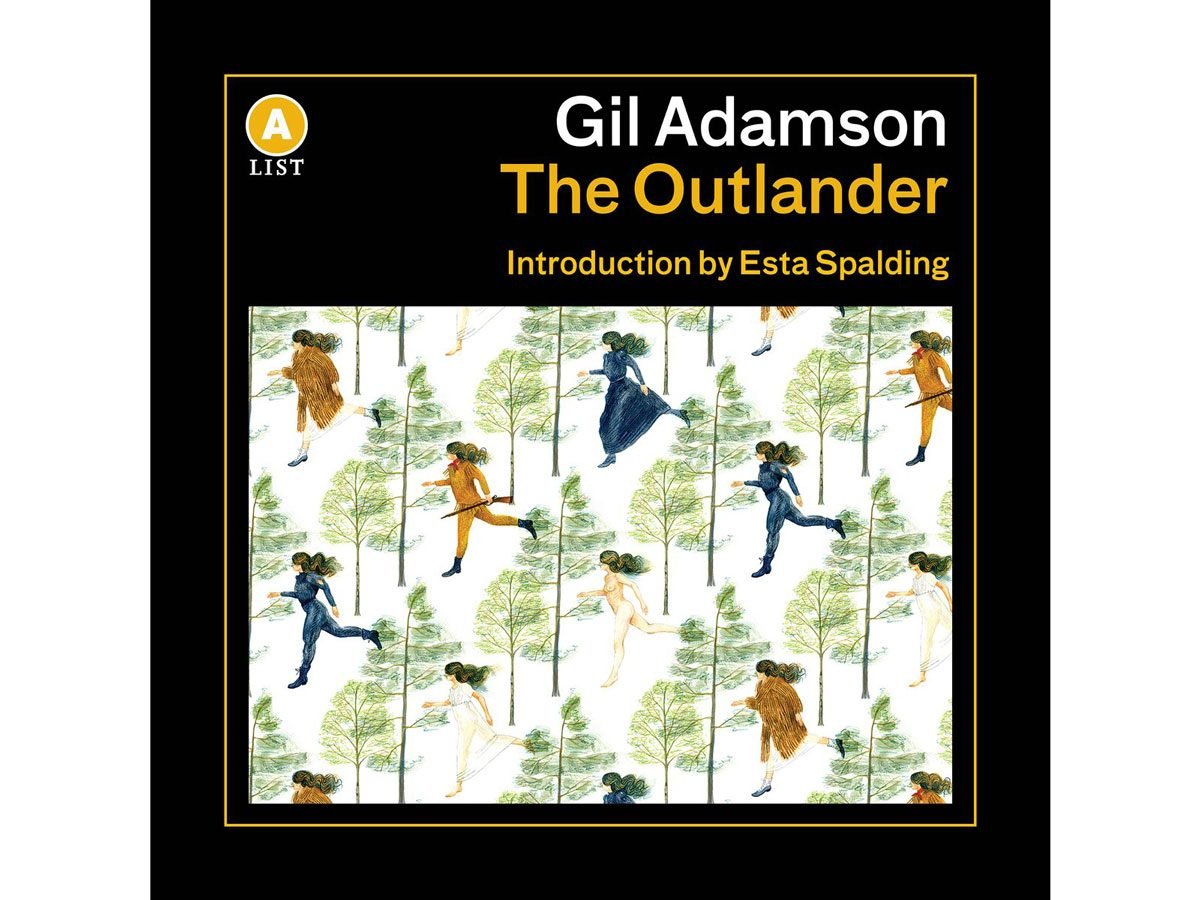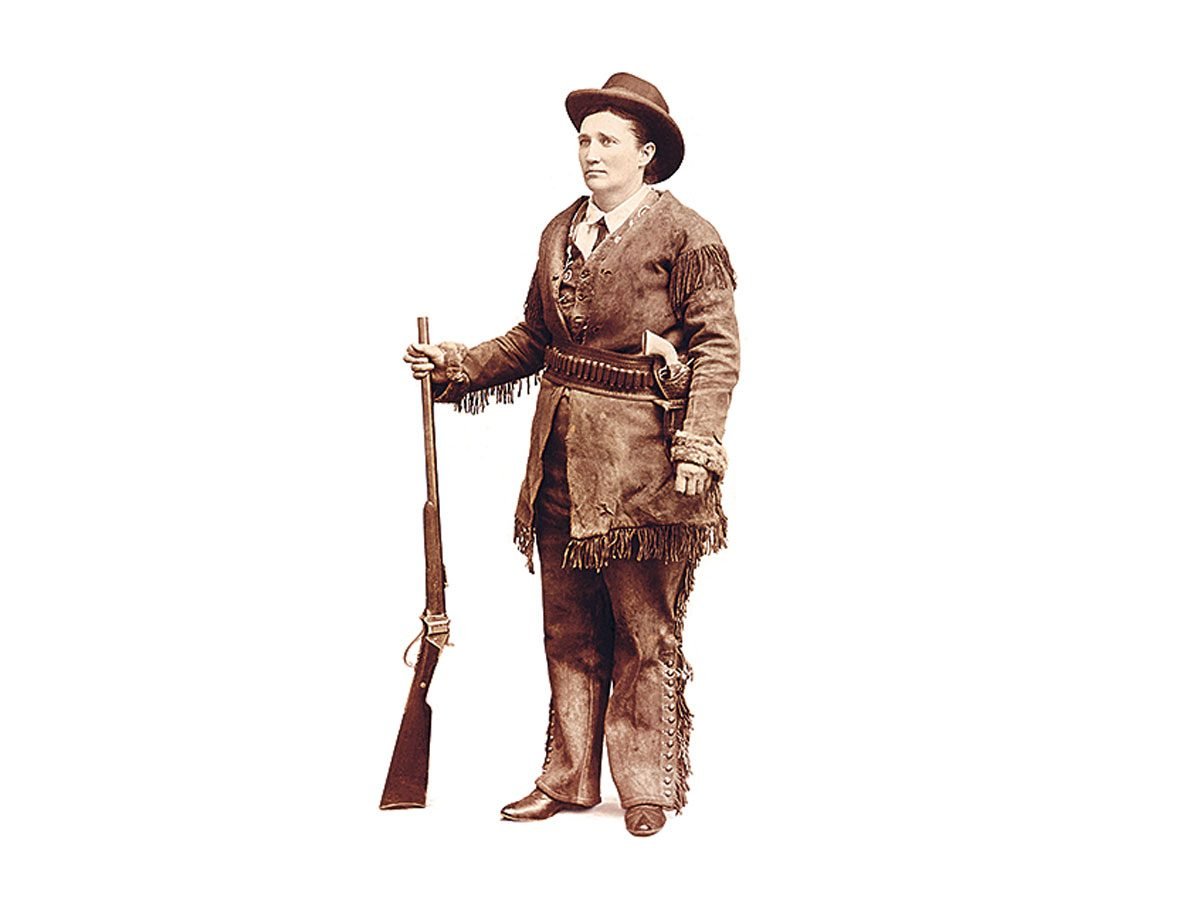
What it’s about
Gil Adamson’s follow-up to her hit 2007 novel The Outlander (and no, you don’t have to read the first one) tracks William Moreland, a taciturn bandit in First World War–era Western Canada. He’s known as the Ridgerunner for his tendency to prowl across the Rockies, stockpiling money and food from unsuspecting frontier folk. As the novel begins, he’s acquired $14,000 through nefarious means—enough to reunite with his tweenaged son, Jack, whom he left years earlier in the care of a prickly, overbearing nun named Sister Beatrice. The novel is a rollicking adventure, tracking the two men on their twin paths, trying to find their way back to each other. Moreland dodges sleazy night watchmen, loggers and grizzly bears, while Jack steals away from Sister Beatrice in the night, roughs it alone in a cabin in the woods and camps out in the mountains with a troupe of American hunters, morphing from boy to man along the way.

Why you’ll love it
Pop culture is packed with stories of adventurers conquering the American West, but we’ve rarely seen a Canadian analogue—and where spaghetti westerns are dusty and sun-drenched, Adamson’s world is appropriately cold, rugged and majestic, an untouched wilderness suddenly dotted with logging camps and mining towns. It’s so vividly described that you’ll feel like you’re slinking through antique versions of Banff and Lethbridge right alongside the Ridgerunner himself. Moreland is mourning his wife—and Jack’s mother—who lulled him into a temporary state of stability only to die and leave him forlorn. Jack is forced to learn a pioneer’s self-reliance in the wild, while navigating his anger at what he perceives as his father’s abandonment. And the most compelling character of all turns out to be Sister Beatrice, whose vexatious shell conceals bitter loneliness and despair about the loss of the boy she helped raise. At its core, it’s a novel about isolation and why we need other people—something we can all relate to in this period of social distancing.

Who wrote it
Adamson, who grew up in Toronto, spent her early years writing poetry and short stories, as well as an unauthorized biography of X-Files actor Gillian Anderson called Mulder, It’s Me. She spent nearly a decade working on her first novel, The Outlander, a literary western about Mary Boulton, a 19-year-old widow on the run from the law (spoiler: she turns out to be Moreland’s dead wife in Ridgerunner). The wait paid off: the book was a Canadian bestseller and landed on the 2009 edition of CBC’s Canada Reads, where it was championed by Da Vinci’s Inquest actor Nicholas Campbell.
For more great reads, check out our book club pick for May 2020!

Real-life anti-heroes
Ridgerunner’s William Moreland joins an illustrious gang of frontier anti-heroes. Here, four of the most famous.
- Wild Bill Hickok gambled, spied, duelled and wrestled bears across the American West and into folk tales. He died in 1876 from a gunshot while playing poker in Deadwood, in present-day South Dakota.
- Calamity Jane (pictured above) gained fame for generously embroidered outlaw doings. She died of pneumonia in 1903 and was buried beside Hickok, with whom she may have conceived a child.
- Butch Cassidy led the Wild Bunch, before allegedly meeting his end in 1908 in a shootout in Bolivia, where he was hiding from American authorities (there are suspicions he lived until 1937). Paul Newman played him in the 1969 movie.
- Bill Miner, known as the Gentleman Bandit, was born in the U.S. but became a Canadian folk hero for an early-20th-century series of brazen robberies of CPR trains carrying gold. He was said to be unfailingly polite and to have invented the phrase “Hands up!”
Join the conversation! Visit facebook.com/readersdigestcanada to share your experience reading Ridgerunner with fellow book lovers.